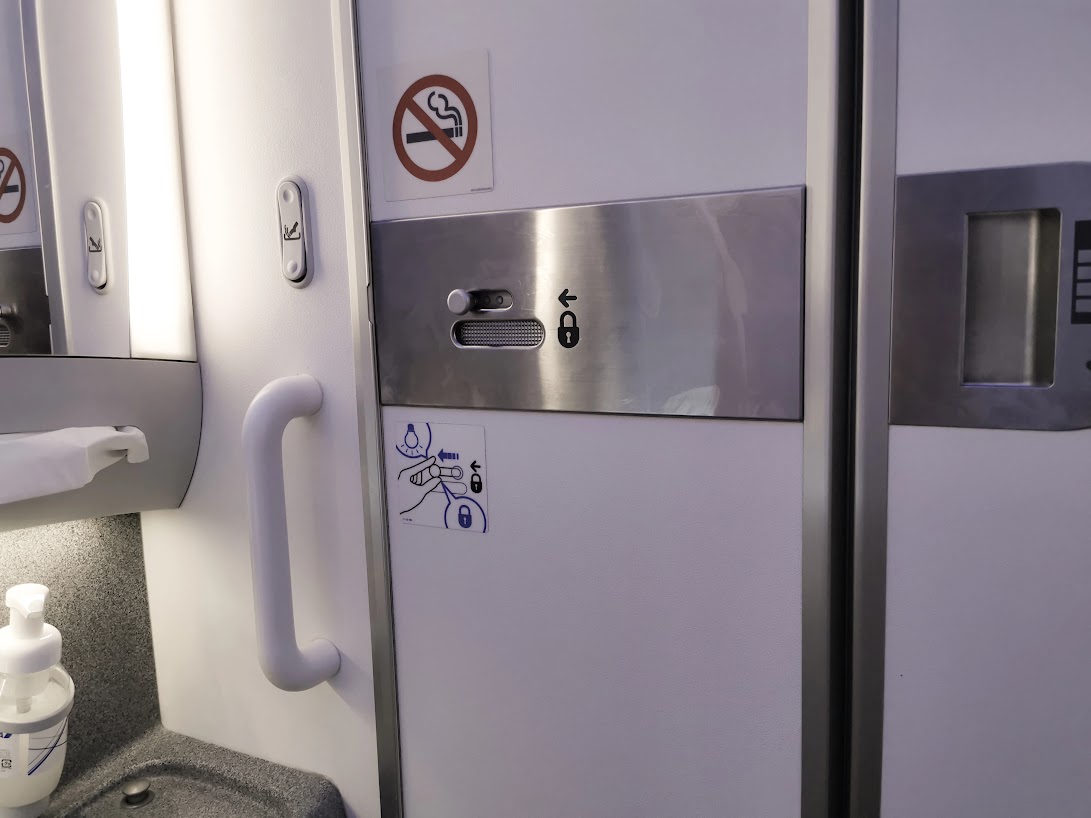
- SkyJoy
- Chuyến bay của tôi
- Online Check-in
- E-Menu
- E-Visa
- Dịch vụ chuyến bay
- Dịch vụ khác
Ngày đi

Ngày về
When will the Evisa extension to 90 days in Vietnam be implemented?
Many people have heard of the 90-day e-visa but don't understand what it is. In reality, an electronic visa (e-visa) is a permit that allows foreign citizens to enter and stay in another country. Instead of applying in person as before, you can now do it online with an internet connection and then print it out for immigration procedures when you fly. So how can you extend your e-visa to 90 days? Let's find out together!

e-visa is the process where tourists can submit visa applications online and print them out for processing at the airport.
1. Starting from August 15, 2023, the electronic visa (E-Visa) validity period is extended from 30 to 90 days.
Previously, electronic visas (E-Visas) in Vietnam were only granted with a maximum validity period of 1 month (30 days). However, according to the new regulations issued on August 15, 2023, Vietnam officially extends the validity of electronic visas (E-Visas) to a maximum of 3 months (90 days) for foreign nationals.
In this regard, the government will determine the list of countries, territories whose citizens are eligible for e-visa issuance, and the list of international border checkpoints for foreign nationals to enter and exit using e-visas. After being granted an electronic visa, foreign nationals can enter and exit Vietnam without limitations on the number of times and without the need for a new visa application.
2. Conditions for obtaining an electronic visa (e-visa)
To be granted a 90-day electronic visa (e-visa), you need to meet the following conditions:
-
You are a foreign citizen residing in another country.
-
You have a valid passport issued by the competent authority.
-
You do not fall under the categories of individuals prohibited or restricted from entering Vietnam as specified in Article 21 of the Law on Entry, Exit, Transit, and Residence of Foreigners in Vietnam.
Other e-visa-related matters:
-
Foreign nationals who are granted an E-visa and have a guarantee from a domestic agency, organization, or individual will have their 90-day E-visa considered and issued by the Immigration Management Agency in accordance with Vietnam's regulations.
-
Foreign nationals must comply with Vietnamese legal regulations after entering Vietnam.
-
Inviting or guaranteeing foreign nationals for procedures at the immigration authority under Article 16, Clause 1 of the Law on Entry, Exit, Transit, and Residence of Foreigners in Vietnam can be done online (electronic transaction system). According to this law, if you fall under the provisions of Clause 1, 2, 3, and 4 of Article 8, you must submit a visa application to the competent authority of the Ministry of Foreign Affairs.
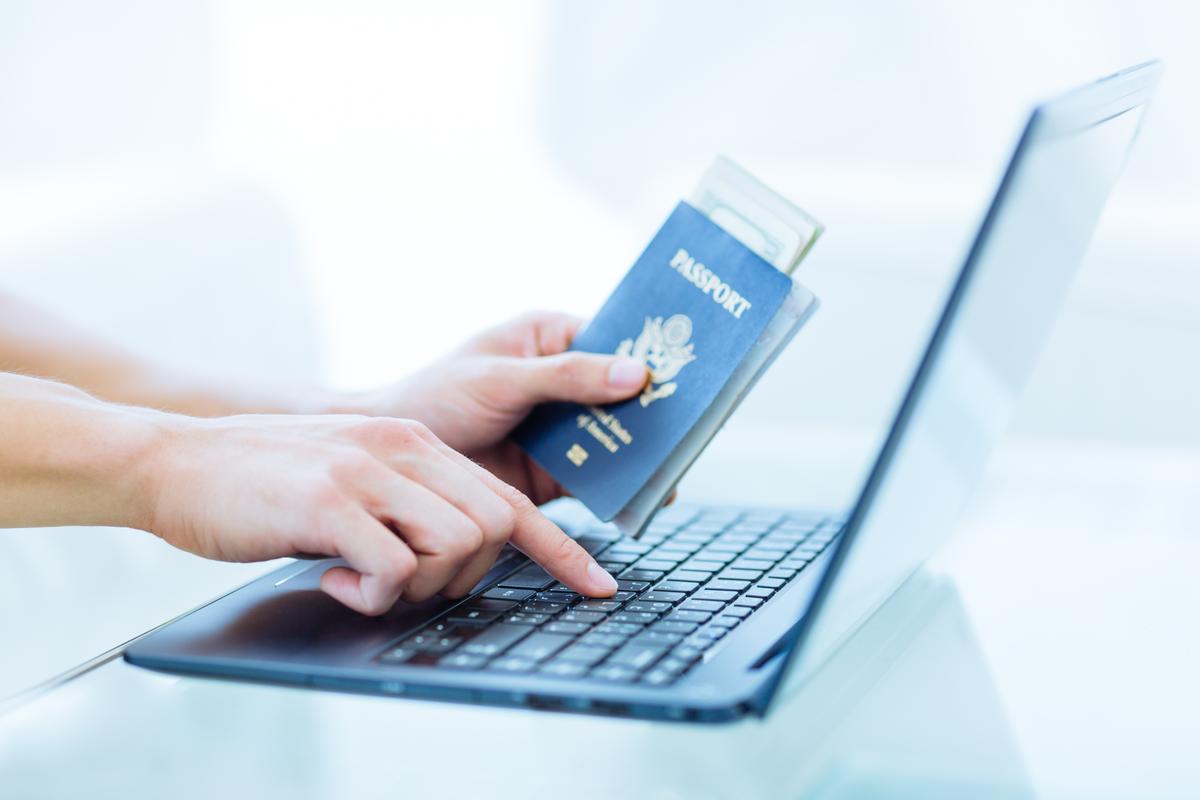
Foreign citizens applying for a 90-day e-visa need a valid passport and must not fall under any restrictions as per Vietnamese law.
3. Benefits of extending the validity of the electronic visa (E-Visa) to 90 days
The new changes in the electronic visa policy offer several outstanding benefits:
- Attracting tourism and investment in the country: Extending the e-visa to 3 months allows tourists to fully experience and explore the beauty of Vietnam, attracting a large number of tourists from around the world.
- Providing favorable conditions for foreign citizens visiting Vietnam: The 90-day e-visa allows citizens of all countries to visit Vietnam for tourism, work, visiting relatives, or conducting commercial activities.
- Simplified and convenient procedures: Foreign nationals do not need to visit Vietnam's representative agencies abroad or go through intermediary visa application processes. This saves time and effort in visa applications and document preparation.
- Meeting management requirements: Since the electronic visa is approved in advance, compared to visa-free entry, it allows immigration authorities to screen individuals who do not meet entry requirements.
4. List of airports, border crossings, and seaports that allow entry and exit with electronic visas.
On August 14, the Government of Vietnam decided to allow foreign nationals to enter Vietnam with a 90-day electronic visa at some airports, land border crossings, and seaports, including::
-
13 airports, including: Nội Bài (Hà Nội), Tân Sơn Nhất (TP.HCM), Cát Bi (Hải Phòng), Vân Đồn (Quảng Ninh), Thọ Xuân (Thanh Hoá), Cam Ranh (Khánh Hòa), Đà Nẵng, Phú Quốc, Liên Khương (Lâm Đồng), Trà Nóc (Cần Thơ), Đồng Hới (Quảng Bình), Phù Cát (Bình Định).
-
16 land border crossings, including Tây Trang (Điện Biên), Hữu Nghị (Lạng Sơn), Móng Cái (Quảng Ninh), Na Mèo (Thanh Hóa), Nậm Cắn (Nghệ An), Cầu Treo (Hà Tĩnh), La Lay và Lao Bảo (Quảng Trị), Cha Lo (Quảng Bình), Bờ Y (Kon Tum), Hà Tiên (Kiên Giang), Tịnh Biên và Vĩnh Xương (An Giang), Mộc Bài và Xa Mát (Tây Ninh).
-
13 seaports, including Hải Phòng, Hòn Gai và Cẩm Phả (Quảng Ninh), Nghi Sơn (Thanh Hóa), Vũng Áng (Hà Tĩnh), Chân Mây (Thừa Thiên Huế), Dung Quất (Quảng Ngãi), Quy Nhơn (Bình Định), Nha Trang (Khánh Hòa), Đà Nẵng, Vũng Tàu (Bà Rịa Vũng Tàu), TP.HCM, Dương Đông (Kiên Giang).
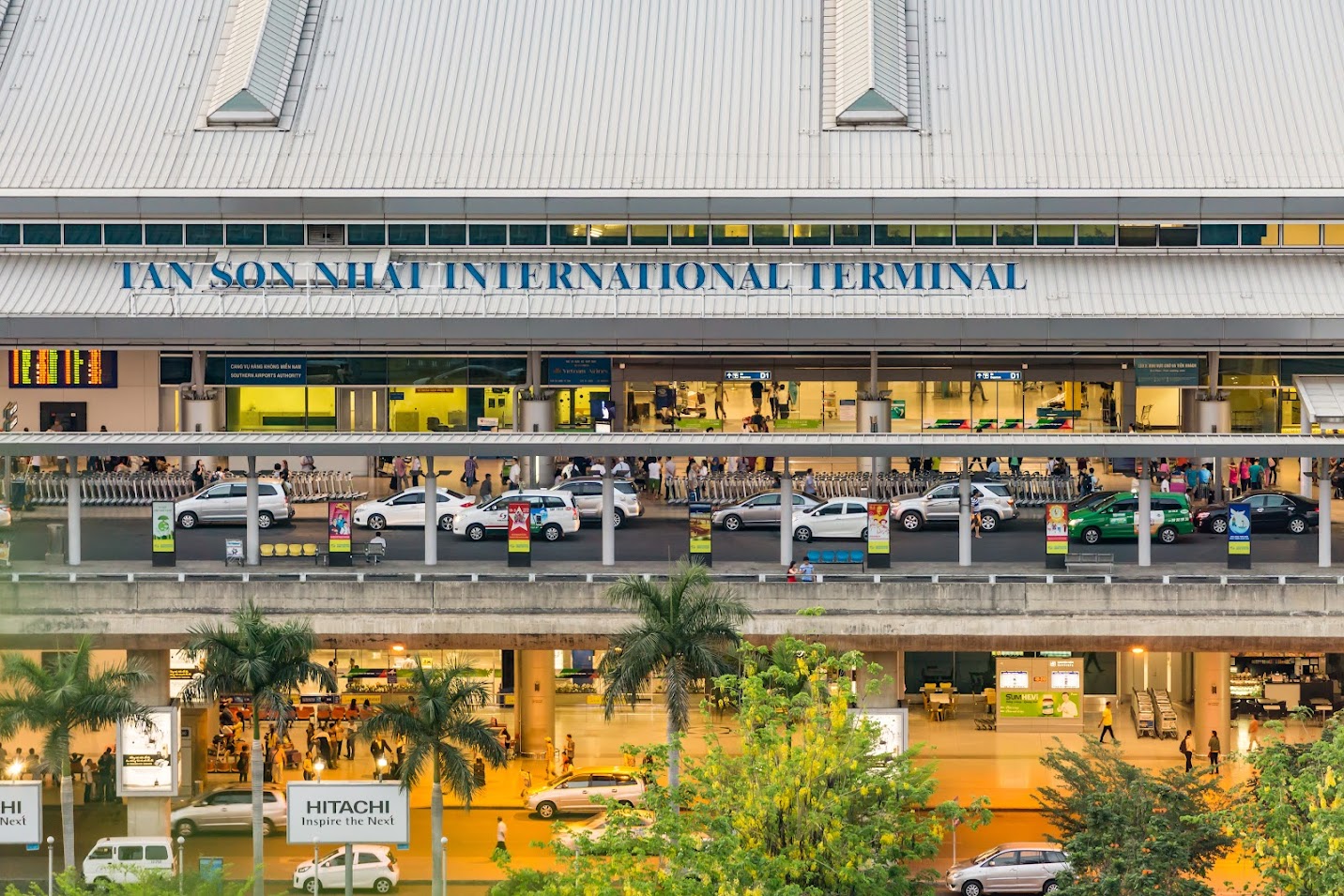
Major airports, land border gates and waterways in Vietnam all allow entry and exit via e-visa.
To promote tourism, the economy, and expand global relations, the Government of Vietnam has introduced new regulations to extend the 90-day e-visa validity, making it more convenient for foreign nationals to enter Vietnam. We hope that the information provided in this article has helped you understand the latest updates on the 90-day electronic visa. For more useful travel information, be sure to follow Vietjet at:
-
Instagram: https://instagram.com/vietjet









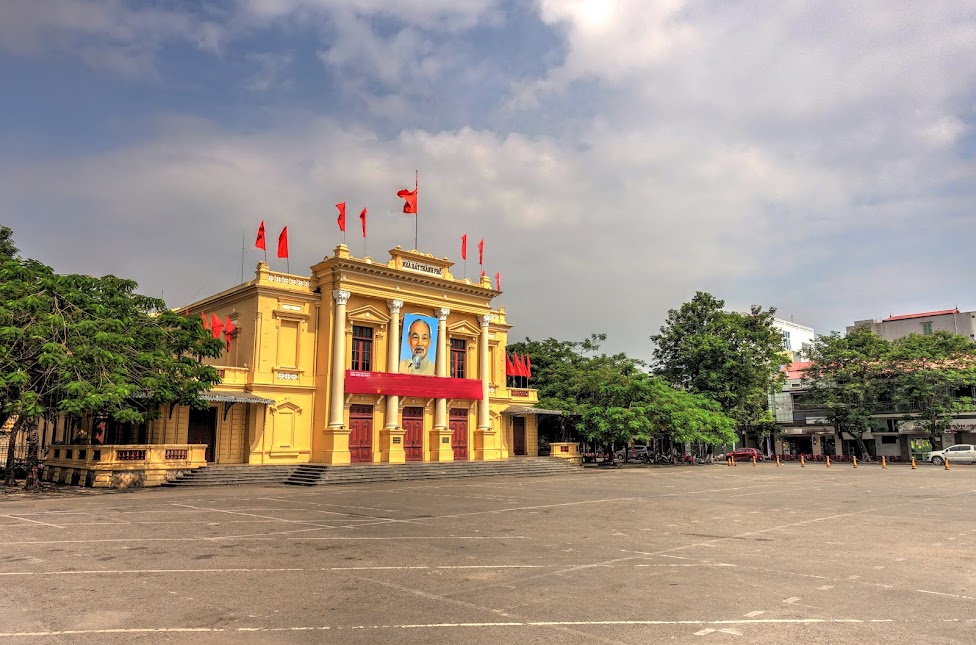









































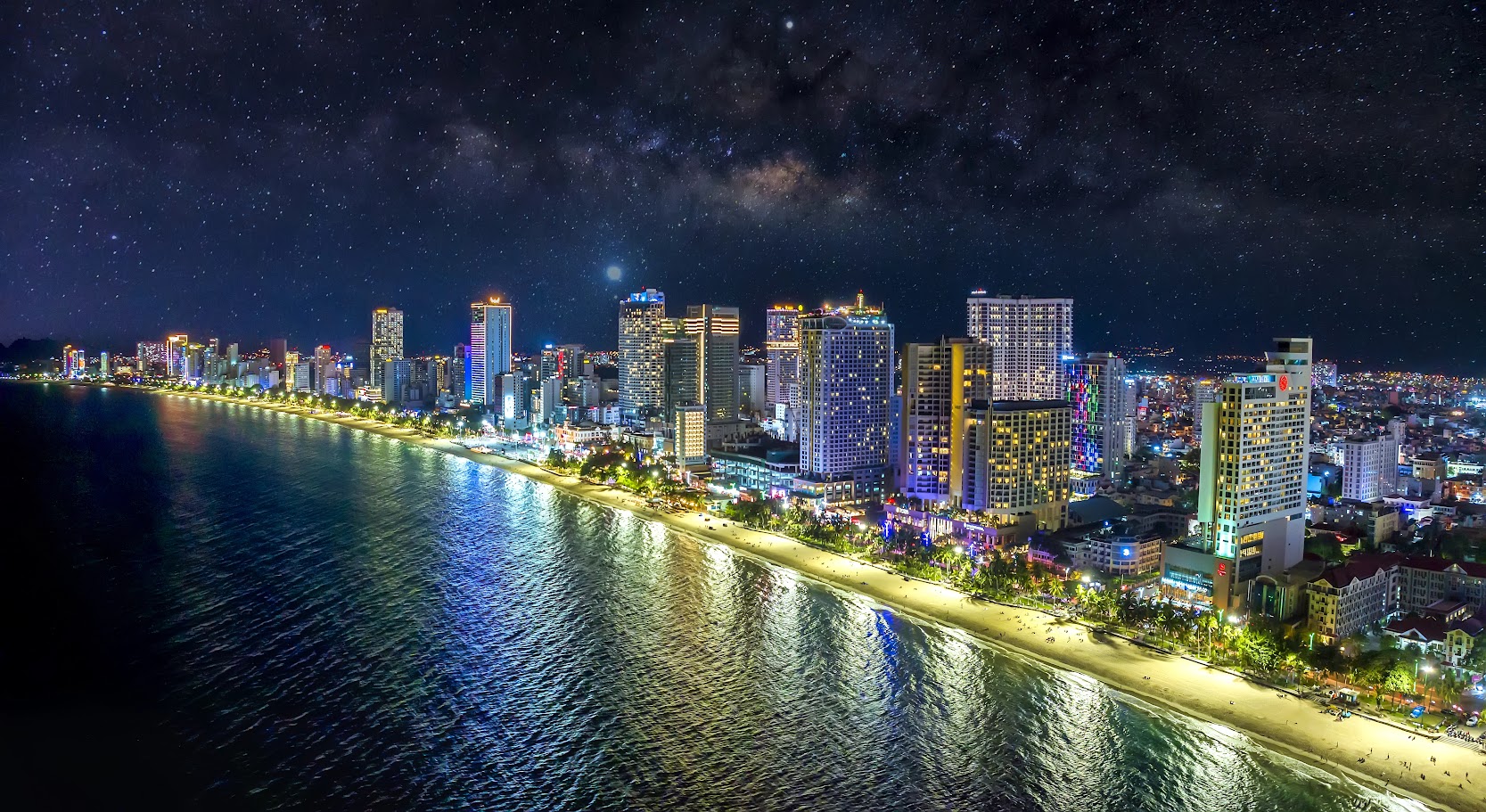

















































































































![[FAQ] What is the Best Time to Travel to South Korea?](https://vj-prod-website-cms.s3.ap-southeast-1.amazonaws.com/shutterstock533705653supersize-1696644100090.jpg)





























































































































